The efficiency of a powder packaging machine depends on regular maintenance to prevent issues like clogging, inaccurate fills, and downtime. Failing to maintain the machine can result in costly delays and subpar product quality. Routine maintenance, however, can keep the machine running smoothly and extend its operational lifespan.
Maintaining a powder packaging machine involves regular cleaning, inspection of parts, lubrication, sensor calibration, and timely part replacements to ensure optimal performance and extend its service life.
For maximum operational efficiency, knowing the essential maintenance steps for a powder packaging machine is crucial.
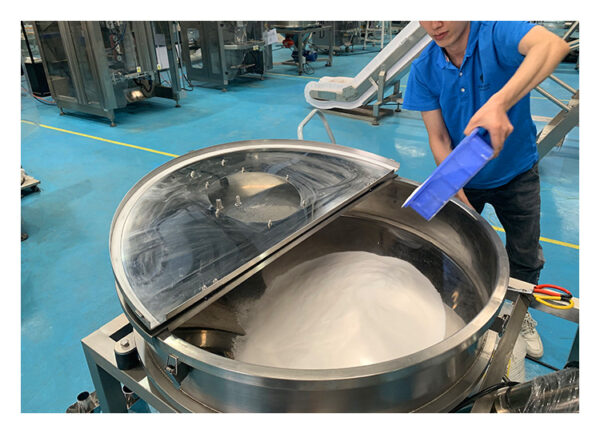
Importance of Routine Cleaning
Powder residue buildup is a common issue in powder packaging machines, leading to clogging, component malfunction, and even contamination. To prevent this, daily cleaning should be implemented, particularly around critical areas like the hoppers, conveyors, and filling nozzles. Additionally, a more thorough cleaning can be scheduled weekly, depending on the machine’s frequency of use.
For example, specialized machines like the powder packaging machine and industrial label printers are sensitive to fine powder residues, which can accumulate and obstruct sensors or interfere with labeling precision. Using compressed air or appropriate brushes ensures all internal components are cleared of dust or powder particles, keeping the machine running smoothly.
Regular Lubrication of Moving Parts
Regular lubrication of moving parts is vital to reduce friction and extend the life of the machine. This includes areas like bearings, joints, and conveyor mechanisms. Lack of lubrication can lead to wear and tear, increasing the risk of unexpected breakdowns.
Ensure that lubrication is done according to the manufacturer’s schedule and using the recommended lubricants. In some cases, machines like the Bottle Labeling Machine require specific lubrication intervals to maintain their efficiency and reduce potential downtimes, especially during high-demand periods.
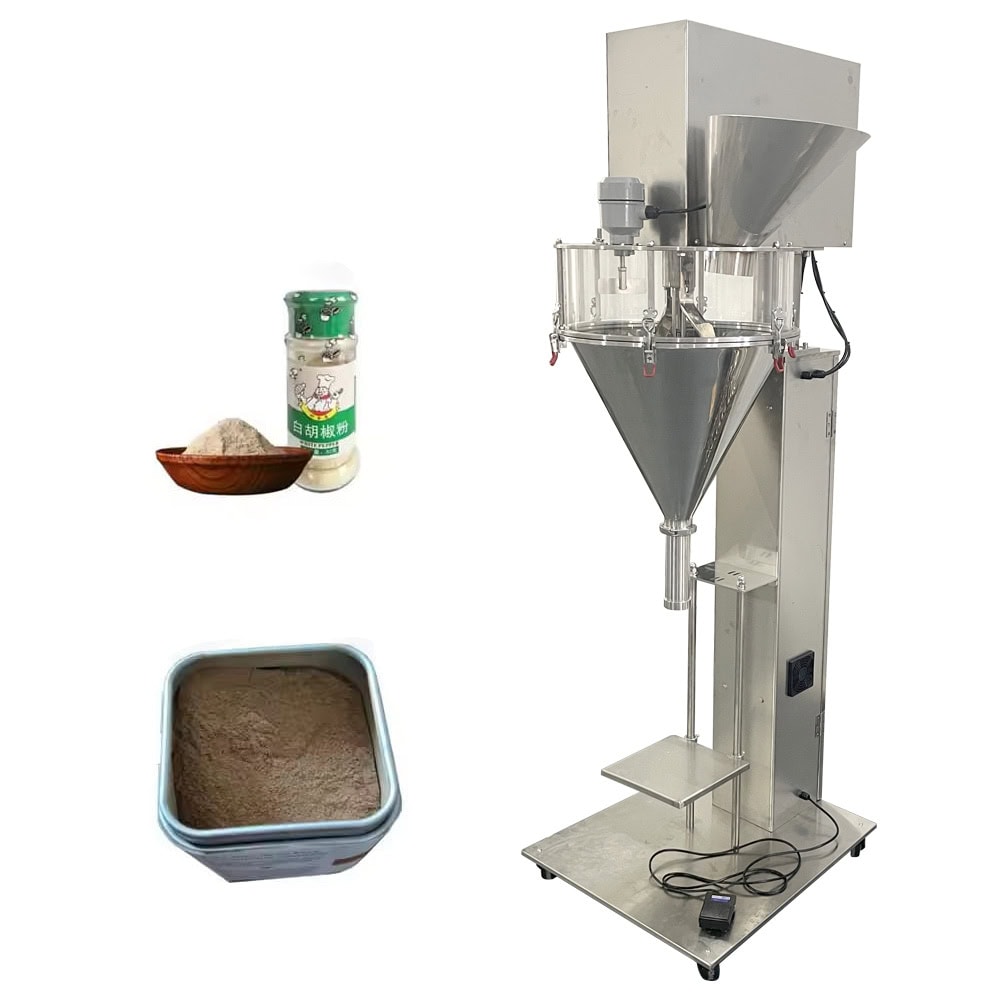
Calibration of Weight Sensors and Filling Mechanisms
A critical aspect of powder packaging maintenance is the calibration of weight sensors and filling mechanisms. Over time, sensors may become less accurate due to wear, affecting the machine’s ability to fill the correct amount of product. Calibrating these sensors periodically ensures that the powder fill levels remain accurate and consistent, meeting industry standards.
Operators should follow the manufacturer’s calibration instructions and consider recalibration after significant part replacements. For best results, regular calibration will keep your powder packaging machine and filling machine performing at optimal accuracy.
Inspection of Seals and O-Rings
Seals and O-rings are integral to preventing leaks and maintaining hygiene within the machine. Over time, these components can deteriorate due to the constant movement of powder particles, which can be abrasive. Inspecting seals and O-rings frequently helps in identifying early signs of wear, which can prevent larger issues from developing.
If damaged seals are identified, they should be replaced immediately to maintain product integrity and machine efficiency. This proactive approach is essential for various packaging equipment, such as a Corner Wrap Labeling Machine, to ensure all contents are securely contained.
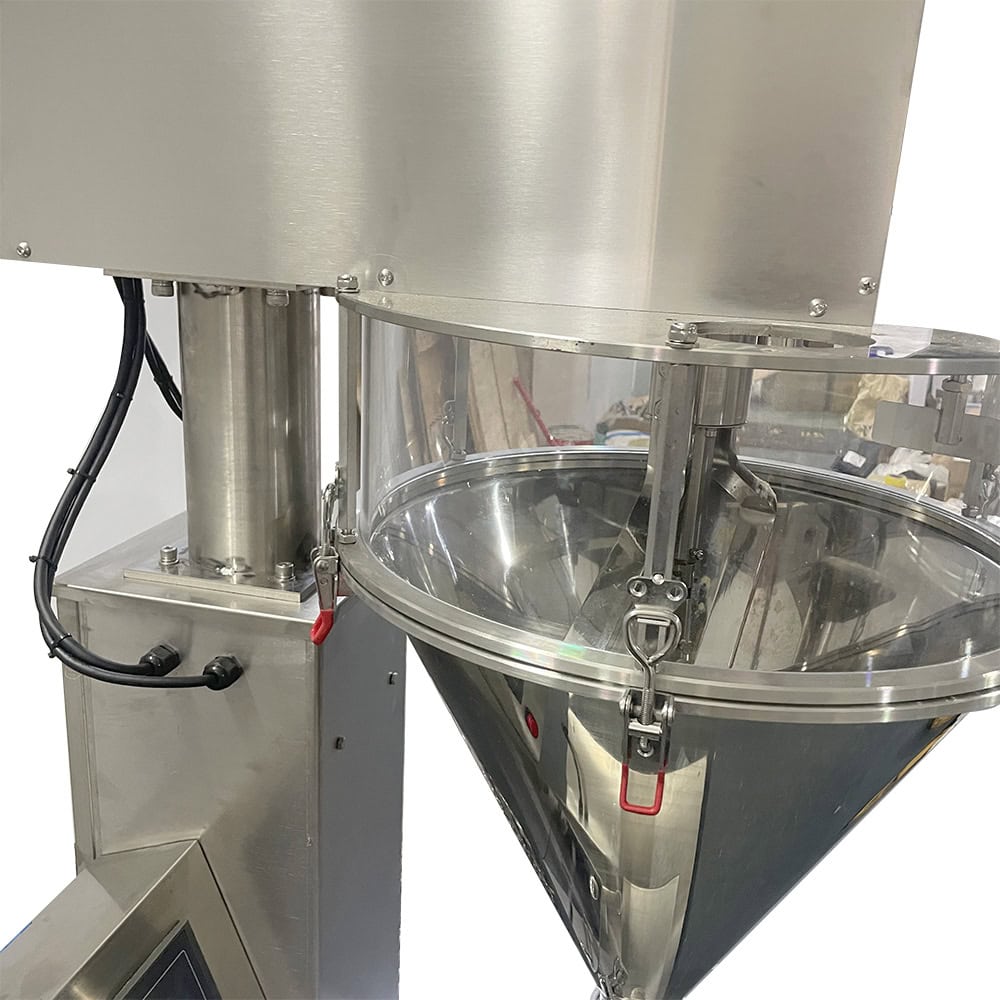
Monitoring Electrical Components
Regular inspection of electrical components, including wiring, sensors, and control units, is essential to avoid electrical malfunctions. This includes checking all connections, ensuring they are tight and free from any damage or corrosion. Dust can also accumulate around electrical parts, causing potential overheating or short-circuiting if not cleaned.
During each maintenance session, ensure that sensors and wiring are intact and operational. Malfunctioning electrical components can cause inaccuracies in packaging, affecting the overall performance of the machine and potentially compromising safety.
Replace Worn Parts Promptly
In any high-usage machine, components like belts, blades, and rollers are subject to significant wear. Delaying the replacement of these parts can cause the machine to operate inefficiently or even lead to unexpected stoppages. Create a schedule to inspect high-wear parts and keep replacements available.
A well-planned parts replacement schedule minimizes downtime and maintains consistent output quality. Key replacements, such as those for the powder packaging machine and other filling machines, should be readily available for quick swaps.
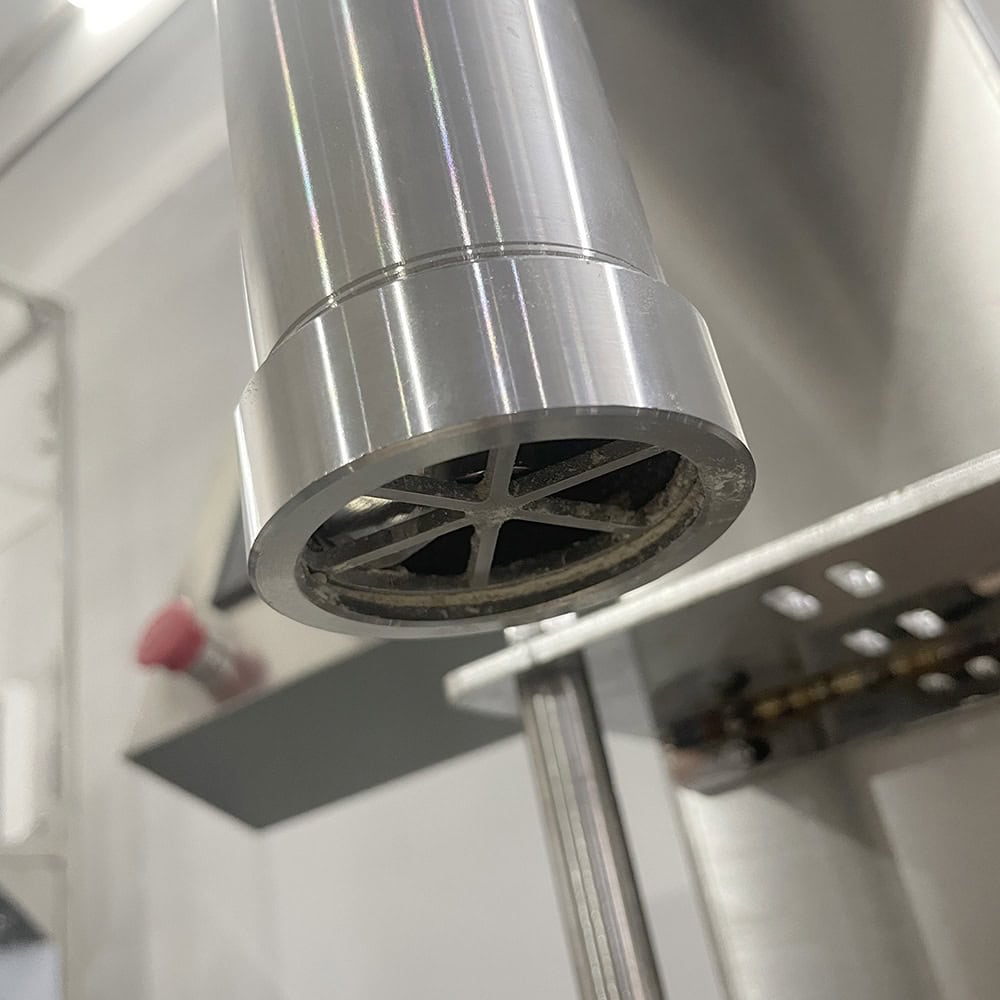
Systematic Hopper and Feeder Maintenance
Hoppers and feeders need specific attention, as they handle large quantities of powder and can become clogged or misaligned. Regular cleaning and inspection of these components prevent blockages, ensuring the smooth movement of powders through the machine.
Make adjustments as needed, especially when using powders of varying granulations or densities. Proper alignment of hoppers and feeders reduces jams, extends the life of the machine, and improves productivity.
Maintaining Control Panel Functionality
Control panels are essential for adjusting settings, monitoring processes, and troubleshooting issues. Over time, touchscreens and buttons may wear down, becoming less responsive. To prevent operational disruptions, test the control panel regularly, ensuring all functions are responsive and precise.
It’s also important to keep the software updated and recalibrate controls as recommended by the manufacturer. This attention to detail keeps the machine’s interface reliable, which is critical for complex packaging machines like the Vacuum Packaging Machine.
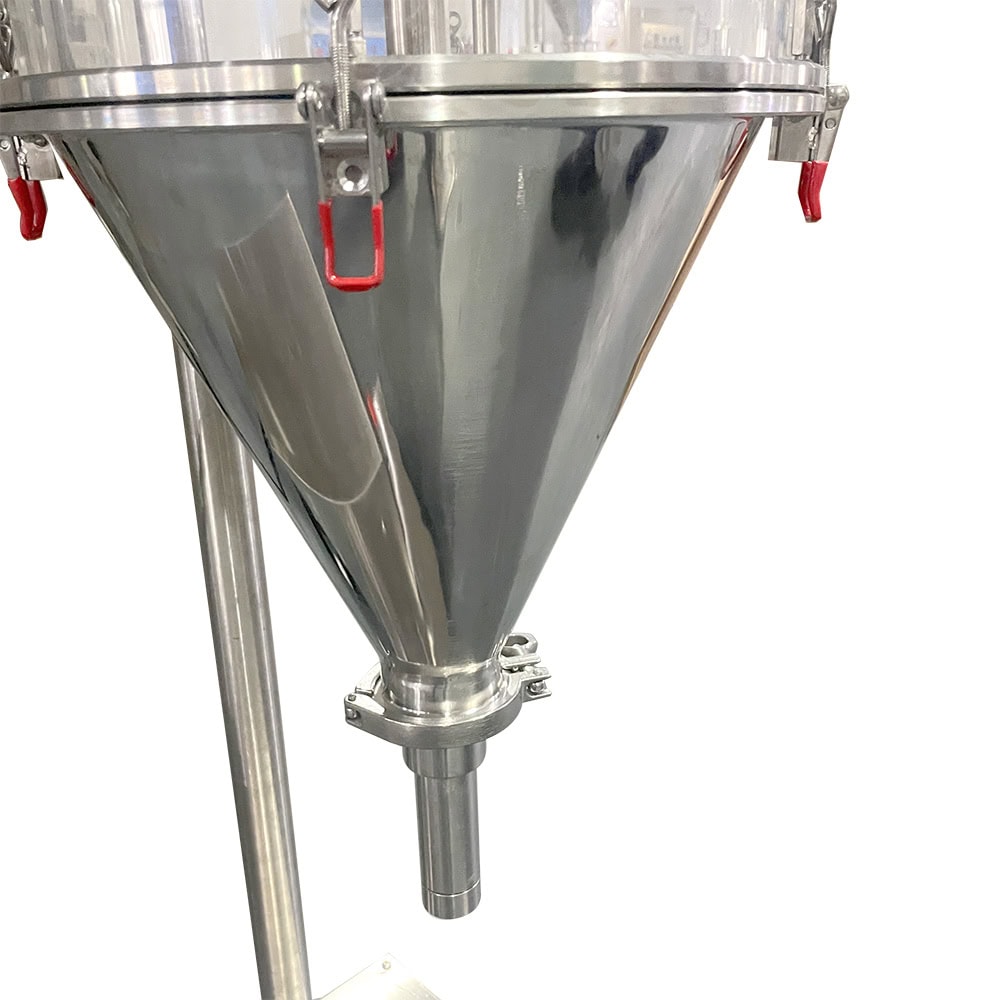
Checking Conveyor Belts and Alignment
Conveyor belts are crucial to ensuring smooth transitions and preventing packaging inconsistencies. Over time, belts can become loose or misaligned, which can cause issues in the flow of powders or finished packages. Regularly check belt tension and alignment, adjusting as necessary to ensure smooth operation.
Belts should also be replaced if they show signs of significant wear, as slippage can disrupt the packaging process. For machines with multiple conveyor lines, inspect each belt separately to ensure individual alignment.
Establishing a Maintenance Log
A well-kept maintenance log helps track the frequency and details of each service, including cleaning sessions, part replacements, and calibrations. This log enables operators to predict when specific components may need servicing or replacement, allowing for proactive maintenance scheduling.
Maintaining detailed records also assists in troubleshooting, as it provides insight into past issues and helps identify recurring problems. For example, keeping a log for a Shrink Wrap Machine can prevent small issues from becoming larger, costly repairs.
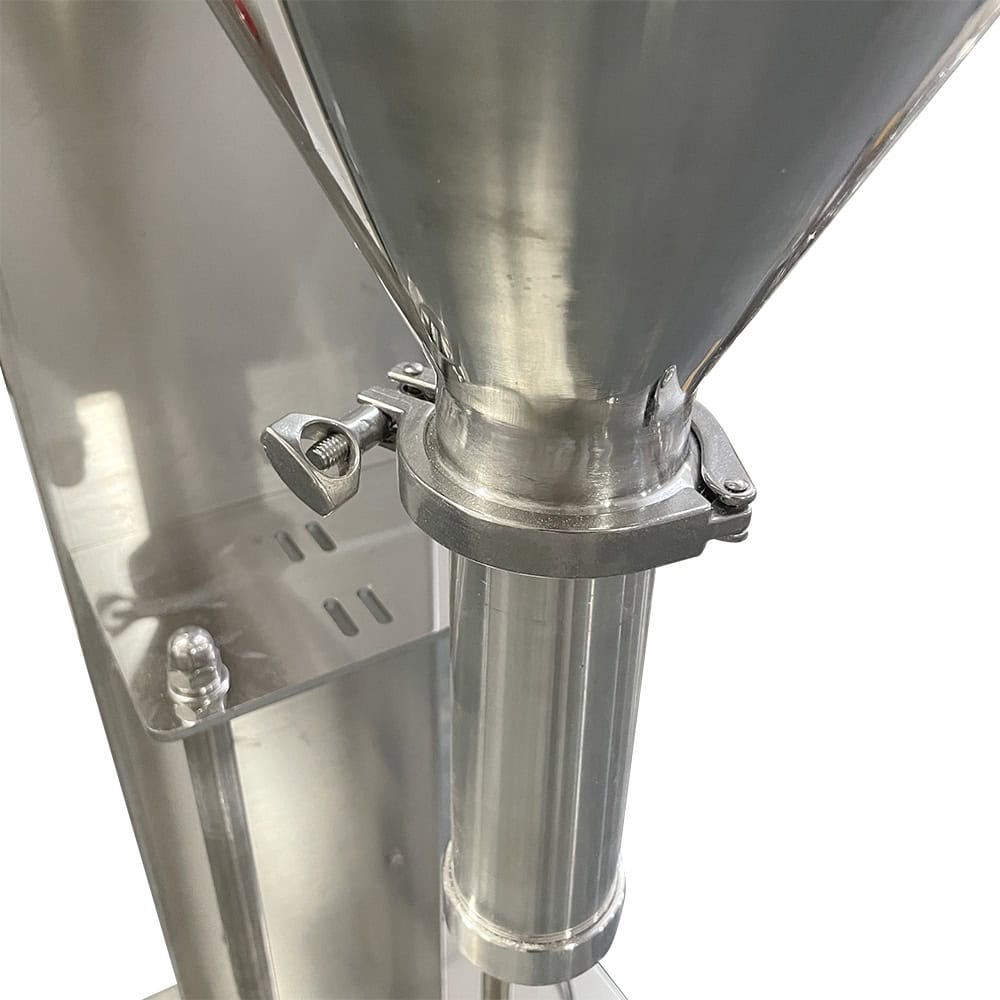
Conclusion
Consistent and thorough maintenance, from regular cleaning to timely part replacements, ensures that your powder packaging machine operates at peak performance. By following these steps, you’ll not only extend the machine’s lifespan but also improve productivity and product quality.









